Table of content
Lotus root, a crisp and nutritious vegetable native to Asia, has gained popularity worldwide for its unique texture and culinary versatility. Whether sliced into delicate rings, stir-fried, or added to soups, lotus root adds a refreshing crunch and mild sweetness to dishes. However, one common challenge home cooks face is preventing lotus root from turning an unappetizing shade of gray or black after cutting. This discoloration, caused by enzymatic browning, can deter even seasoned chefs from incorporating this ingredient into their meals. Fortunately, with the right techniques and a bit of know-how, you can keep lotus root vibrant and visually appealing. This article explores the science behind browning, practical methods to prevent it, and creative recipes that showcase lotus root in all its glory.
Understanding the Enemy: Why Does Lotus Root Turn Black?
Before diving into solutions, it’s essential to grasp why lotus root oxidizes so quickly. Like apples, potatoes, and bananas, lotus root contains polyphenol oxidase (PPO), an enzyme that reacts with oxygen in the air. When the flesh of the lotus root is exposed—through cutting, peeling, or slicing—PPO catalyzes a chemical reaction between polyphenols (natural compounds) and oxygen. This reaction produces melanin, the same pigment responsible for brown spots on fruits and vegetables. The result? A dull, grayish-black hue that can make even the freshest lotus root look stale.
The severity of browning depends on factors like temperature, pH levels, and the presence of metal ions. For instance, using a carbon steel knife (which contains iron) can accelerate discoloration due to metal-catalyzed oxidation. Similarly, warm environments speed up enzymatic activity, making browning more pronounced. Understanding these triggers is the first step toward preserving lotus root’s natural color.
Proven Methods to Prevent Lotus Root from Browning
Acidic Solutions: Nature’s Antioxidant
Acidic environments inhibit PPO activity, making solutions like vinegar, lemon juice, or citric acid powerful allies in the fight against browning. Here’s how to use them effectively:
- Vinegar Soak: Mix one part white vinegar with four parts water. Submerge sliced lotus root in this solution for 5–10 minutes before rinsing and patting dry. The acetic acid in vinegar lowers the pH, slowing enzymatic reactions.
- Lemon Juice Spritz: Lightly coat sliced lotus root with fresh lemon juice. This method is ideal for recipes where a citrusy tang complements the dish, such as salads or ceviche-style preparations.
- Citric Acid Powder: Dissolve ½ teaspoon of citric acid in 1 cup of water. Soak lotus root slices for 5 minutes. This option is pH-neutral and leaves no residual flavor, making it suitable for delicate dishes.
Pro Tip: Avoid over-soaking, as prolonged acid exposure can soften the lotus root’s texture.
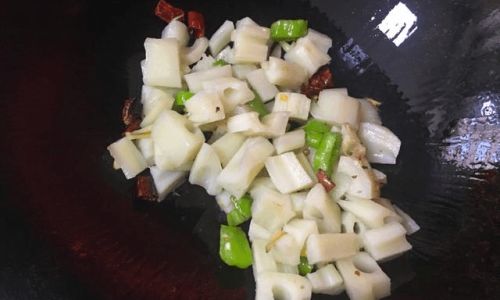
Blanching: A Quick Heat Treatment
Blanching involves briefly immersing lotus root in boiling water, then shocking it in ice water. This method denatures PPO enzymes, halting browning at its source:
- Prepare an Ice Bath: Fill a large bowl with ice and cold water.
- Boil Water: Bring a pot of water to a rolling boil. Add a pinch of salt or a splash of vinegar for extra protection.
- Blanch the Slices: Submerge lotus root slices for 1–2 minutes. Overcooking will make them mushy.
- Cool Immediately: Transfer the slices to the ice bath for 2–3 minutes, then drain and pat dry.
Blanched lotus root can be stored in an airtight container in the refrigerator for up to 3 days without discoloring.
Submersion in Water or Salt Solutions
Submerging lotus root in plain water reduces oxygen exposure, slowing browning. For enhanced results, add salt or ascorbic acid:
- Saltwater Soak: Dissolve 1 tablespoon of salt in 4 cups of water. Soak slices for 10 minutes. Salt draws out moisture, diluting enzyme concentrations.
- Ascorbic Acid Bath: Mix 1 crushed vitamin C tablet with 1 cup of water. This antioxidant-rich solution neutralizes free radicals, preventing melanin formation.
Note: Rinse salt-soaked lotus root thoroughly to avoid excessive saltiness in your dish.
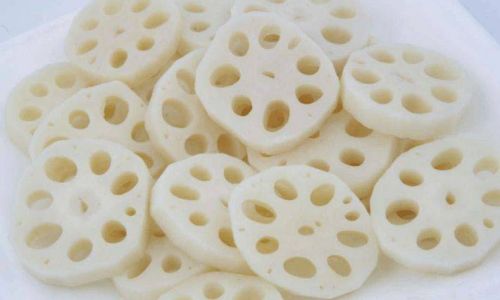
Cooking Techniques That Lock in Color
Certain cooking methods inherently prevent browning:
- Stir-Frying: High heat and minimal cooking time (2–3 minutes) preserve crispness and color. Use a wok or large skillet with oil heated to 350°F (175°C).
- Deep-Frying: Blanch lotus root slices before frying at 375°F (190°C) until golden. The oil seals the surface, blocking oxygen.
- Steaming: Cook lotus root in a steamer basket for 5–7 minutes. This gentle method retains nutrients and color.
Recipe Ideas That Showcase Pristine Lotus Root
Crispy Lotus Root Chips with Chili-Lime Dip
Ingredients:
- 1 large lotus root, peeled and thinly sliced
- 2 cups vegetable oil (for frying)
- 1 tbsp cornstarch
- 1 tsp smoked paprika
- Salt to taste
Method:
- Blanch lotus root slices for 1 minute, then pat dry.
- Toss slices in cornstarch and paprika.
- Fry in hot oil until golden (2–3 minutes). Drain on paper towels.
- Serve with a dip made from lime zest, chili flakes, and Greek yogurt.
Lotus Root and Pomegranate Salad
Ingredients:
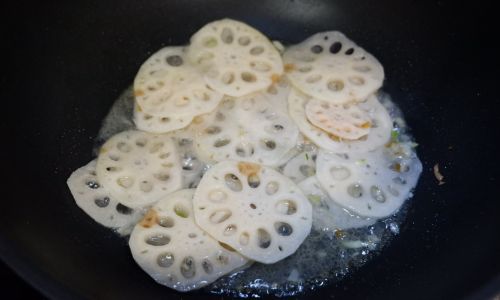
- 1 cup blanched lotus root slices
- ½ cup pomegranate arils
- 2 tbsp olive oil
- 1 tbsp honey
- 1 tbsp lemon juice
Method:
- Whisk olive oil, honey, and lemon juice for dressing.
- Toss lotus root and pomegranate in dressing.
- Serve chilled, garnished with mint leaves.
Spicy Lotus Root Stir-Fry
Ingredients:
- 2 cups lotus root slices (soaked in vinegar water)
- 1 red bell pepper, sliced
- 2 garlic cloves, minced
- 1 tbsp soy sauce
- 1 tsp chili paste
Method:
- Stir-fry garlic and chili paste in hot oil for 30 seconds.
- Add lotus root and bell pepper; stir-fry for 2 minutes.
- Toss with soy sauce and serve over rice.
Lotus Root and Ginger Soup
Ingredients:
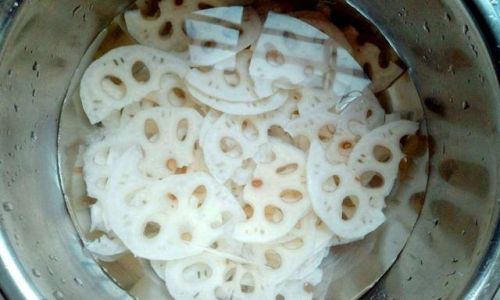
- 4 cups chicken broth
- 1 cup blanched lotus root slices
- 2-inch ginger, thinly sliced
- 1 tbsp sesame oil
Method:
- Simmer broth, ginger, and lotus root for 20 minutes.
- Drizzle with sesame oil before serving.
Storage Tips to Maintain Freshness
- Refrigeration: Store unpeeled lotus root in a perforated plastic bag in the crisper drawer for up to 2 weeks.
- Freezing: Blanch slices, cool, and freeze in airtight bags for up to 6 months. Thaw before use.
- Avoid Aluminum: Use stainless steel or ceramic knives and bowls to prevent metal-induced browning.
Common Mistakes to Avoid
- Using Dull Knives: Blunt blades crush lotus root cells, releasing more enzymes.
- Overcrowding the Pan: Excess moisture from crowded ingredients accelerates browning.
- Skipping the Ice Bath: Neglecting to cool blanched lotus root results in residual heat causing discoloration.
The Nutritional Perks of Lotus Root
Beyond its culinary appeal, lotus root is a nutritional powerhouse. Rich in dietary fiber, vitamin C, and potassium, it supports digestion, immunity, and heart health. Its low-calorie content makes it a guilt-free addition to meals.
Conclusion: Mastering the Art of Preservation
Preventing lotus root from turning black is a blend of science and culinary finesse. By leveraging acidic solutions, blanching, and smart cooking techniques, you can ensure this versatile vegetable remains visually stunning and crisp. Whether you’re crafting a crunchy salad, a comforting soup, or a crispy snack, these methods will elevate your dishes and impress your guests. Embrace the challenge, experiment with flavors, and let lotus root shine as the star ingredient it was meant to be.
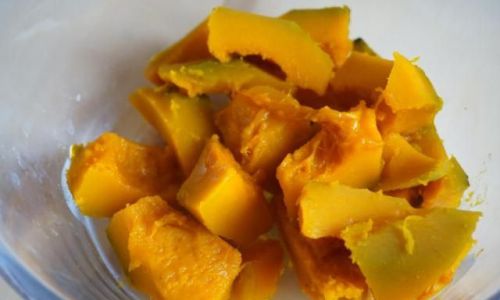
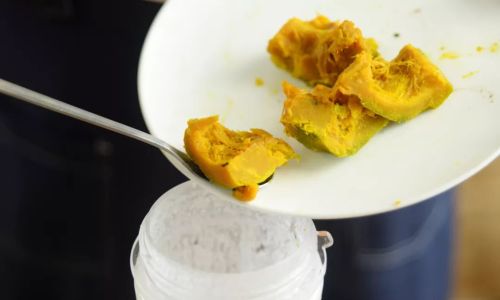
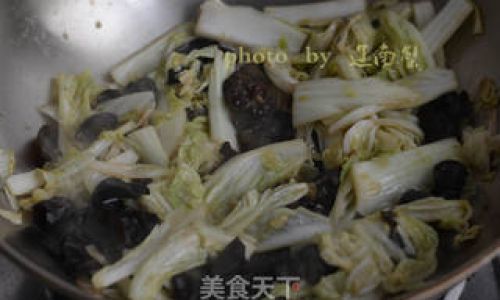
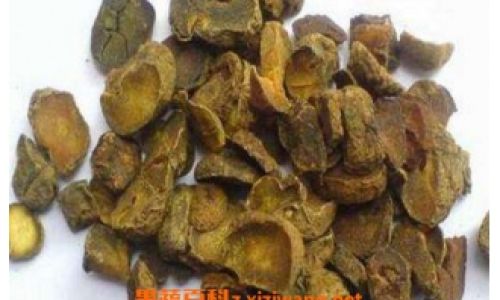
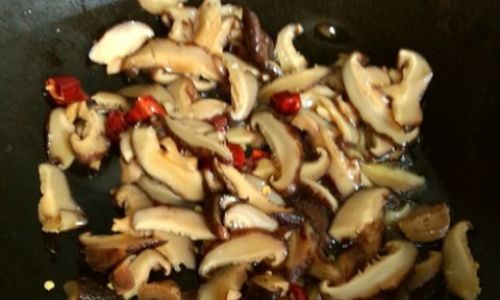
0 comments